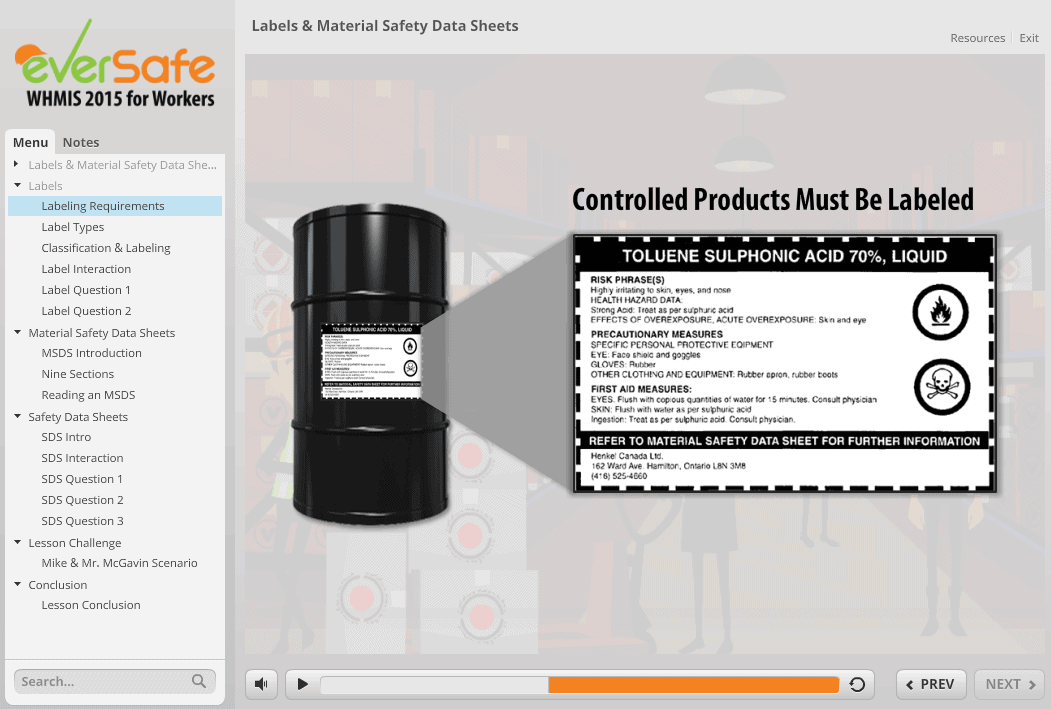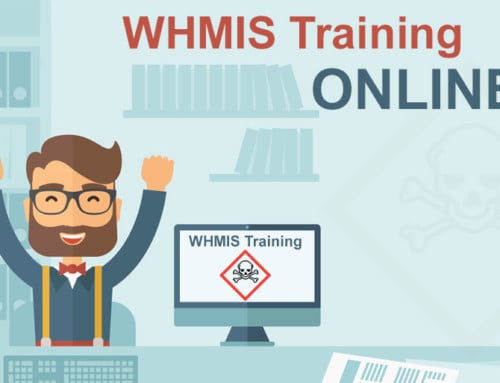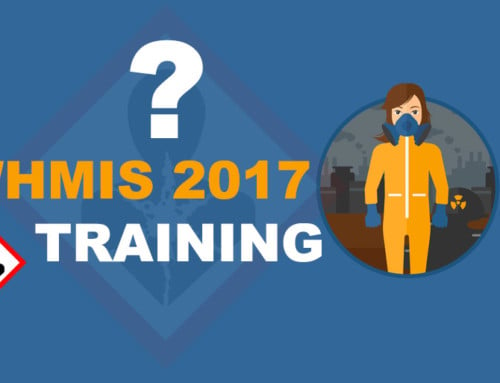Canada Adopts GHS Resulting in WHMIS 2015
As of February 2015, manufacturers and importers of chemicals or chemical-related products throughout Canada must be educated on and compliant with the new WHMIS 2015 requirements. The newly revealed Workplace Hazardous Materials Information System and its integration with the Globally Harmonized System of Classification and Labeling of Chemicals, also referred to as GHS, has brought about some significant changes for industry. The purpose of these changes is to align Canada with other nations in the way that hazardous materials are labeled and classified. The new system is expected to increase safety for employees who handle or work around hazardous chemicals.
For months, rumors of impending changes to Canada’s hazardous products regulations swirled throughout the manufacturing sector. Companies scrambled to predict what the new regulations would include and what they would mean to everyday business operations. On February 11, 2015, the rumors were finally put to rest with the publication of new rules that must be followed by any person or company that manufacturers or imports applicable products in Canada. The detailed publication included specific details about the new requirements and outlined a three part phase in program that will give those effected an opportunity to gradually phase-in the program. This should decrease confusion and alleviate the great financial burden that would have been levied on company’s if the program was executed all at once.
Phase In Period
The three phase execution of WHMIS 2015 establishes staggered deadlines for compliance and implementation for manufacturers, distributors, importers and employers. Manufacturers and Importers are WHMIS 2015 optional for phase 1 which extends through May 31, 2017 but must be WHMIS 2015 compliant by Phase 2 which is from June 1, 2017 until May 31, 2018. Distributors are not mandated to be compliant until Phase 3 which is from June 1, 2018 until November 30, 2018 and employers are not expected to become fully in-line until the end date of December 1, 2018. This phase in program is not negotiable.

Labels
Just as in previous regulatory standards, labeling will remain an important and primary means of communication regarding the hazards associated with a product. An employee or consumer will be able to easily identify the harm level associated with the chemical from the label’s wording. However, rather than relying on the chemical’s hazard level ranking as it is identified in another country, all participating nations will use the same chemical identifiers. Therefore, toxic in one nation will mean the exact same thing as it does in another nation. This will eliminate confusion and decrease the occurrences of workplace accidents and injuries associated with chemicals.
Labels will feature one of two signal words: danger or warning. A label with the word Danger as the signal word means that the chemical is of the most serious risk level. Labels that have a warning indication are of less potential harm that their danger-labeled counterparts. Precautionary instructions will appear beneath the signal word on each label to advise anyone handling the chemical as to the best ways to avoid illness or injury. The bottom of the label, to be compliant with WHMIS 2015 standards, must contain initial supplier information for either the manufacturer or distributor of the hazardous chemical.

Education and Training
Employers, manufacturers, distributors and importers will need to be aware of and implement training and educational programs so that their staff members are full aware of the WHMIS system. During the transition phases, education and training on both the WHMIS 1998 and WHMIS 2015 guidelines will need to occur. Both regulatory standards will be to be covered until the transition to the new WHMIS system is complete in the workplace.
All Canadian employers are mandated to develop a comprehensive WHMIS program that includes comprehensive training and to execute that program appropriately so that all workers who may be exposed to chemicals know how to protect themselves. The training program should include information on the new appearance and components of the labels, pictograms and SDS sheets, an explanation of the hazards of the chemicals in the workplace, the proper methods that employees should use to adequately protect themselves, steps to take in the event that an emergency occurs and where to obtain additional information on the chemical. Employers should communicate with representatives of the Health and Safety committee when creating their educational and training materials to ensure that all guidelines are being met.
Global Adoption
Most industrialized countries including the United States, China, Japan and the members of the European Union have adopted GHS. The United Nations is heavily promoting the program as an effort to protect workers all over the world from chemical accidents that may occur due to inconsistent or improper labeling. All nations that have adopted GHS compliant regulations have focused heavily on training employees to read and understand the new labeling system. In order to effectively decrease accidents and injuries, those people who come in contact with these hazardous substances must fully understand the meanings of the new symbols and of the labels as a whole.
Canada is requiring manufacturers, distributors and employers of companies that utilize potentially hazardous products to train their workers and to ensure that they are fully educated on the new labeling system and on the 16 components of the accompanying safety data sheets. If implemented correctly, the number of workplace injuries involving chemicals should decrease dramatically.
General WHMIS 2015 Resources:
WHMIS 2015 Labels
WHMIS 2015 Hazard Classification
WHMIS 2015 Pictograms
WHMIS 2015 Safety Data Sheets
WHMIS 2015 Education & Training







